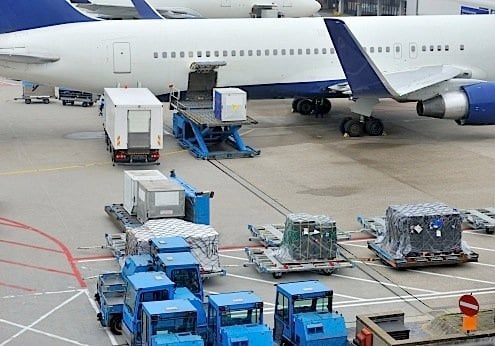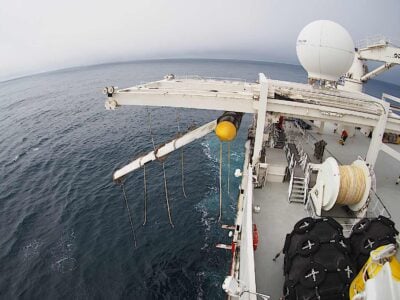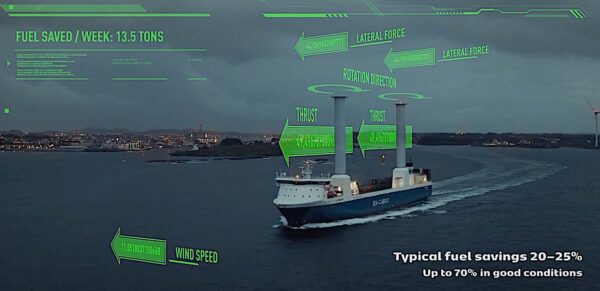The air transportation industry was worth $34.9 billion to the Canadian economy in 2012, supporting 405,000 jobs and generating personal income of more than $17 billion and federal taxation of more than $7 billion. These are some of the benefits the industry brings, according to an economic impact study released by the Canadian Airports Council at the Airports Canada Conference & Exhibition now taking place in Montreal. It is the first such study in more than a decade.

The study also discusses broader economic benefits that flow from the industry, such as support for the livelihoods of Canadians in remote regions, economic development in the north and in the natural resources sector, and enhancing business operations and efficiency.
More than 120 million passengers used Canada’s air transportation system in 2012, an increase of 3.6 per cent over 2011. Canada’s biggest single travel partner is the United States: 24 million passengers—20 per cent of all passengers—flew between our two countries. Twenty-one per cent of the 1.5 million tonnes of Canadian air cargo was carried between Canada and the U.S., representing almost $28 billion in trade across the Canada-U.S. border (in 2011).
This aviation activity benefited the federal and provincial treasuries with more than $7 billion collected in taxes in 2012.
The Council’s report notes that air transportation is becoming increasingly important in trade and tourism with non-U.S. markets. Growth in “overseas” (non-U.S. international) traffic has averaged 4.9 per cent growth per year over the past decade, a development that the report calls “particularly strong.” Today U.S. and overseas passenger numbers are about the same, whereas traditionally U.S. passenger traffic has been higher. Trends, says the report, favour overseas growth, and Canada’s air transportation industry is responding to this new reality.
“The number of overseas cities served by Canadian airports has increased by more than 30 per cent in the last eight years, while service to the U.S. also has continued to improve,” said CAC President Daniel-Robert Gooch.


































